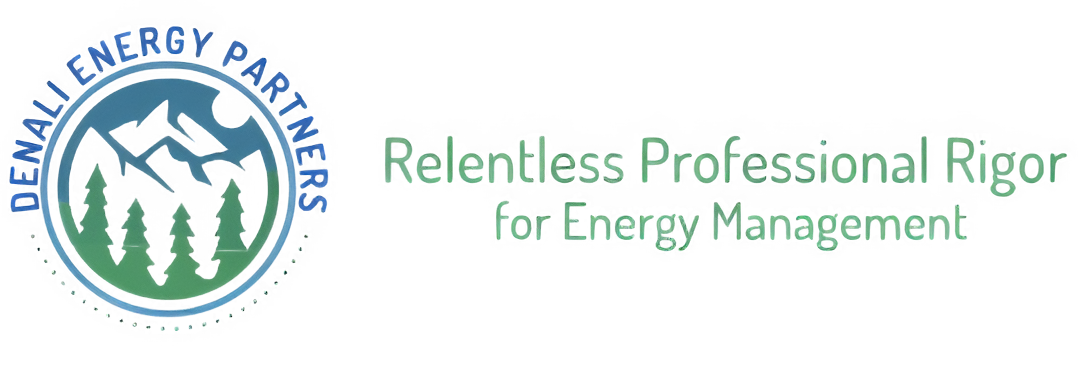Introduction to the Wholesale Electricity Market
Denali-ep
| 25 de octubre de 2024
Introduction to the Wholesale Electricity Market
The Wholesale Electricity Market (WEM) is a critical component of a country's electric supply structure. In this market, electricity generators sell their production to suppliers, who, in turn, distribute it to end consumers. Power is one of the key products in this market, and understanding how its cost is forecasted is essential for both businesses and qualified users.
What is Power in the WEM?
In the WEM, Power refers to the generation capacity that suppliers must acquire to meet the demand of their users, particularly during peak periods. This obligation is based on consumption during the 100 highest-demand hours of the year, which requires suppliers to ensure sufficient capacity to cover demand surges.
Suppliers' Obligations
Suppliers are legally obligated to acquire at least 60% of the Power they sell to their users. This requirement helps protect consumers from price fluctuations and ensures a stable supply of electricity.
Factors Influencing the Cost of Power
The cost per megawatt (MW) of Power in the WEM is influenced by several factors:
Energy Demand
Energy demand has been growing at a steady rate of 3% to 4% annually. This increasing demand is a key driver of Power costs, as higher demand places pressure on available generation resources.
Generation Supply
The supply of Power is closely tied to the nation’s generation capacity. Since 2021, growth in generation capacity has been limited due to the lack of new permits for building power plants, leading to a restricted supply.
Power Balancing Market
When a supplier cannot meet its Power obligation, it must acquire the shortfall in the Power Balancing Market, where prices are driven by supply and demand dynamics.
Power Cost Projections per MW
As demand continues to grow while supply remains constrained, Power prices are projected to rise significantly. The increasing pressure from high demand on limited supply will likely lead to upward price trends.
Price Analysis
Preliminary reports suggest that Power prices could experience considerable increases in the near term. This is particularly relevant for qualified users who rely on a steady and predictable electricity supply.

Strategies to Mitigate Price Increases
Given the projected increases in Power costs, it is crucial for suppliers and qualified users to adopt strategies to safeguard against volatility.
Power Coverage Evaluation
Suppliers need to evaluate their Power coverage to avoid exposure to volatile market prices, ensuring stable contracts that guarantee a reliable supply.
Diversifying Supply Sources
Diversifying sources of generation can help mitigate risks, including exploring renewable energy options and other non-conventional sources to stabilize supply.
Monitoring Market Trends
Staying informed about electricity market trends and regulatory changes is crucial for anticipating shifts that may impact costs.
Regulatory Impact on Power Prices
Regulations in the electricity sector significantly influence Power prices. Policy decisions and reforms can affect market dynamics and price stability.
Changes in Energy Policy
Energy policy reforms can alter how prices are set and the availability of new permits for electricity generation, impacting the overall market landscape.
Incentives for New Investments
Implementing incentives to encourage investment in new generation capacity is essential. Such incentives could help balance supply and demand and potentially moderate future price increases.
Conclusion
The cost per MW of Power in the Wholesale Electricity Market is driven by a combination of factors, including rising demand, limited supply, and market conditions. Given the anticipated price increases, suppliers and qualified users need to adopt proactive strategies to mitigate the impact of these fluctuations. Regulatory changes and energy policies will also play a significant role in shaping the future of the market.
What is Power in the Wholesale Electricity Market?
Power refers to the generation capacity that suppliers must secure to meet peak electricity demand, particularly during the 100 highest-demand hours of the year.
What factors influence Power costs in the WEM?
Power costs are influenced by factors such as growing energy demand, limited generation supply, and market conditions in the Power Balancing Market.
Why are Power costs expected to rise?
With rising demand and a restricted supply of generation capacity due to limited new permits, the demand pressure on existing resources is projected to drive up Power prices.
How can suppliers mitigate the impact of rising Power prices?
Suppliers can mitigate price impacts by securing Power coverage through stable contracts, diversifying their generation sources, and closely monitoring market trends.
How does regulation affect Power prices in the WEM?
Regulatory changes and energy policy reforms can impact how Power prices are set and the availability of generation permits, directly influencing price stability and market dynamics.




